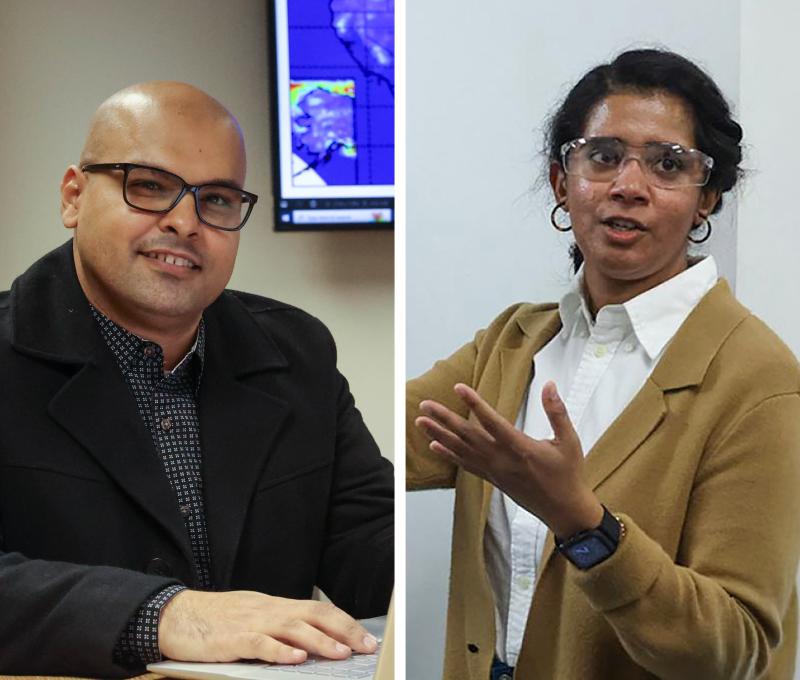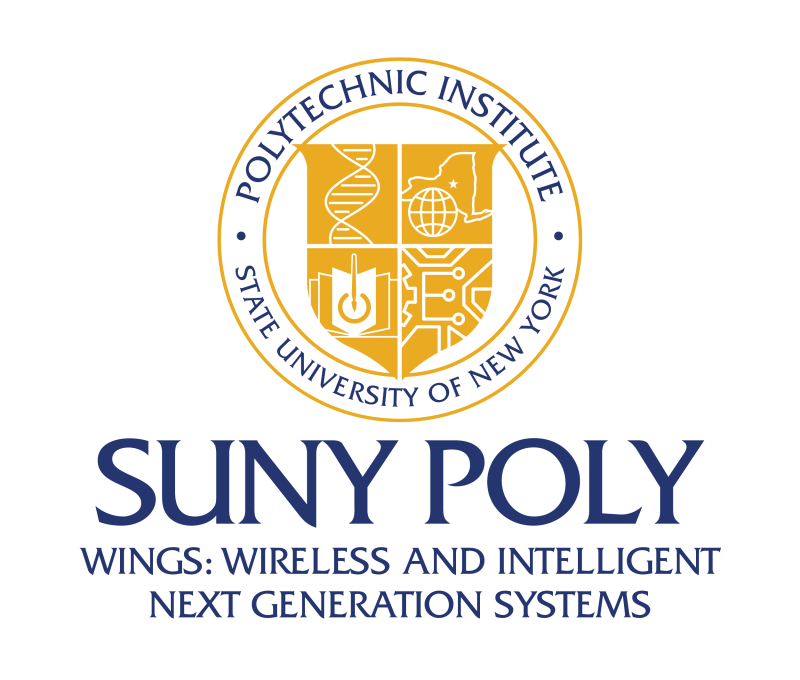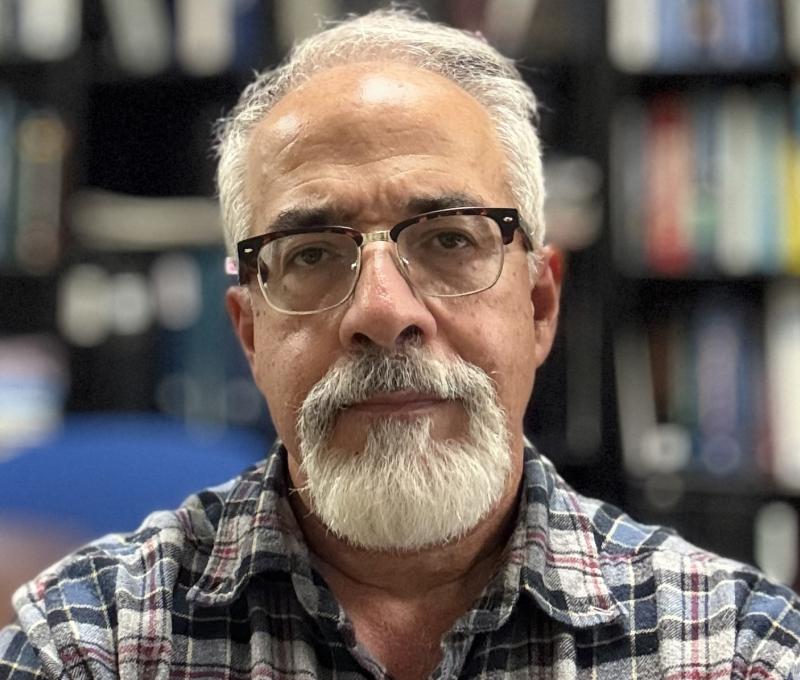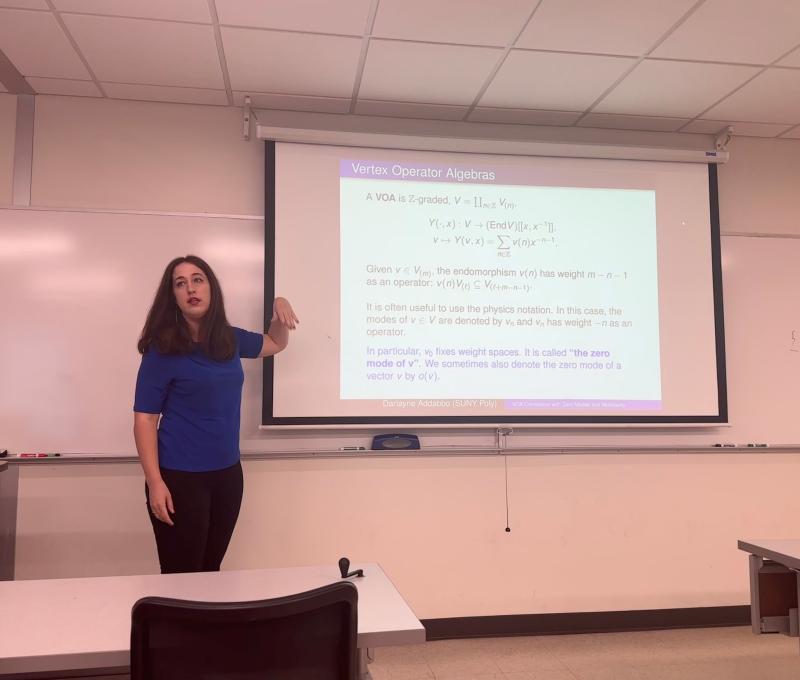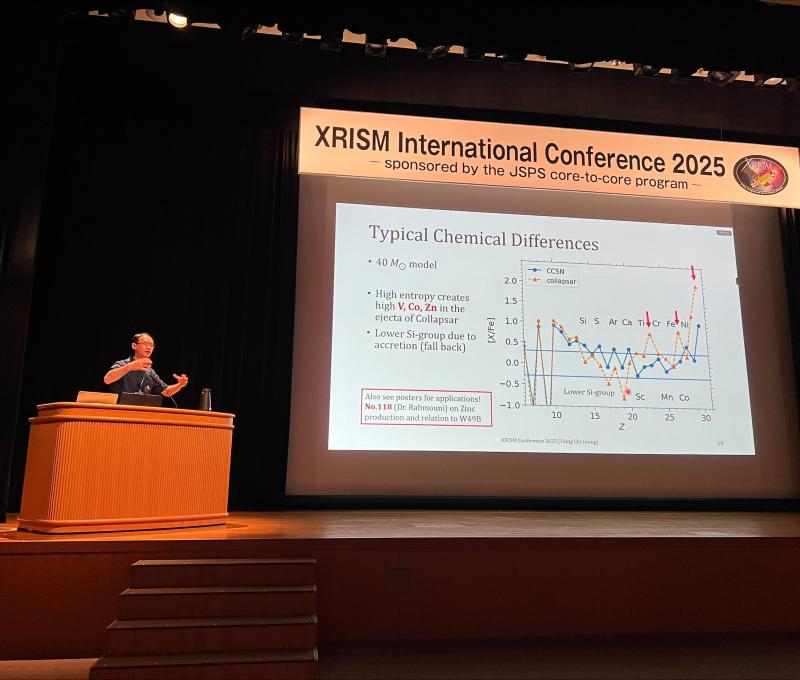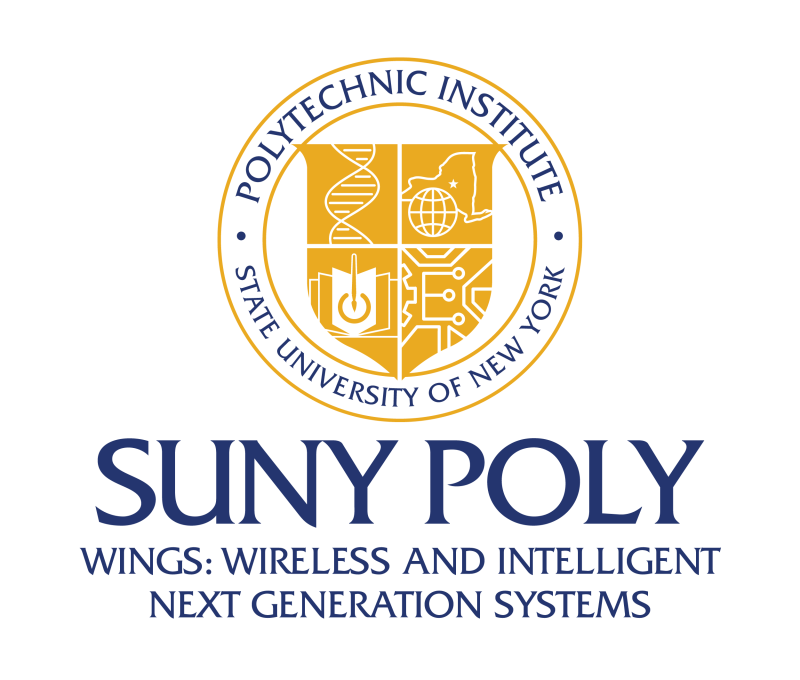SUNY Poly's Dr. Sara Brenner Named to New Academy for Radiology and Biomedical Imaging Research Task Force

Academy for Radiology & Biomedical Imaging Research News Release
For Immediate Release
January 3, 2019
Contact: Renee Cruea 202.347.5872
Academy for Radiology & Biomedical Imaging Research Announces Creation of Diagnostic Cockpit Task Force
New Task Force Created to Empower and Facilitate Implementation Plan for New Technology to Improve Diagnostics & Patient Care
WASHINGTON, DC – The Academy for Radiology & Biomedical Imaging Research (the Academy) announced today the creation of a new task force focused on advancing its initiative to develop and use a “diagnostic cockpit” – a tool that would leverage advances in artificial intelligence and machine learning to aggregate and synthesize medical data. This would in turn improve diagnostics and, ultimately, patient care.
Creation of the Diagnostic Cockpit Task Force follows a two-day workshop organized by the Academy and hosted by the National Institute of Standards and Technology (NIST) focusing on the subject, which resulted in a white paper on challenges and opportunities facing this initiative.
“High-value imaging and augmented intelligence offer incredible promise for physicians to streamline workflow and utilize additional tissue signature data in their diagnostics and treatments,” said Hedvig Hricak, MD, PhD, President of the Academy. “The Academy’s Diagnostic Cockpit Task Force will ensure that the key stakeholders in academia, private industry, clinical settings, and the federal government collaborate effectively to realize this potential. Creating this task force is a crucial step forward in bringing these incredible advances to fruition, with the ultimate goal of improving patient care.”
Combining patients’ medical history and pathology results, genomic data and other relevant information with high-resolution imaging data, such as CT, MRI, PET/CT or mammography, is a labor-intensive process susceptible to human error or oversights, which can lead to suboptimal outcomes. The Diagnostic Cockpit would provide physicians ready access to this voluminous data; in addition, it would leverage advances in artificial intelligence to help data driven approaches to diagnosis and present physicians with the relevant information needed for efficient, precise and clinically meaningful diagnosis.
Once operational, a diagnostic cockpit could help a healthcare team greatly improve patient care for a range of diseases and conditions that would be deadly or debilitating, including; metastatic cancer, circulatory disorders, neurodegenerative disorders, and cardiovascular emergencies.
The Diagnostic Cockpit Task Force is organized by the Academy and comprised of radiologists and other stakeholders in the field of imaging from academia, private industry, and the federal government:
Mitch Schnall, MD, PhD, Chair of Task Force (University of Pennsylvania)
Janet F. Eary, MD (National Cancer Institute)
Etta Pisano, MD (American College of Radiology)
Bram Stolk, PhD, MBA (General Electric)
Elizabeth Krupinski, PhD (Emory University)
Rich Mather, PhD (Canon Medical Research USA, Inc.)
Brian Zimmerman, PhD (National Institute of Standards and Technology)
Sara Brenner, MD, MPH (SUNY Polytechnic Institute)
Steven Seltzer, MD (Coalition for Imaging and Bioengineering Research)
Renee Cruea, MPA (The Academy)
About the Academy for Radiology & Biomedical Imaging Research:
The Academy has been at the forefront of advocacy and policy on behalf of the medical imaging community for more than 20 years, campaigning tenaciously for federal research funding, pushing for changes in policy issues critical to imaging researchers, and promoting technical advances that can improve diagnostics and patient care. The Academy also serves as a bridge to more than 100 patient advocacy groups that share an interest in high-value imaging research.

